How to choose chemical cleaning agents for industrial cleaning?
Browse Volume:1199 Classify:Support
Before cleaning industrial articles with the ultrasonic cleaner, we need to select appropriate chemical cleaning agents and know more about the chemical structure and classification of detergents, as well as the chemical types and functions of detergents. Here is the guide on how to choose chemical cleaning agents for Granbo industrial ultrasonic cleaner.
A、 Chemical structure and classification of detergents
1. there are usually two kinds of detergents: surfactants and additives.
Surfactants can greatly reduce the surface tension of the solvent. When it reaches a certain solubility, it can melt into micelles in solution to produce wetting and anti-wetting demulsification. Foaming or defoaming and dissolving washing to meet the requirements of practical application.
2. additives
(1) It can integrate metal ions or exchange ions, and soften hard water.
(2) Play an alkaline buffer role to keep detergent alkaline and ensure a decontamination effect.
(3) It has the functions of lubrication, emulsification, suspension, and dispersion.
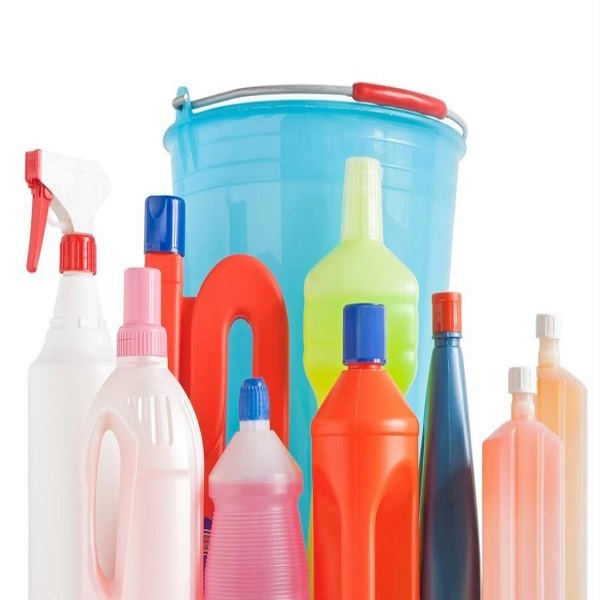
Ultrasonic Cleaning Liquids
B、 Chemical types and functions of detergents
1. pickling agent: ph<7, gloves shall be worn during operation.
(1) Hydrochloric acid: mainly used for dirt left during capital construction, such as cement, lime, dirt, stone water washing, etc.
(2) Sodium sulfate: it is used to clean toilets, urinals, and toilets, but it should not be used frequently. It should be used as little as possible to prevent corrosion of object surfaces (such as marble and granite), such as acid detergent.
(3) Oxalic acid: its use is the same as that of hydrochloric acid and sodium sulfate, but its cleaning effect is strong, so special attention should be paid to the use of sodium sulfate.
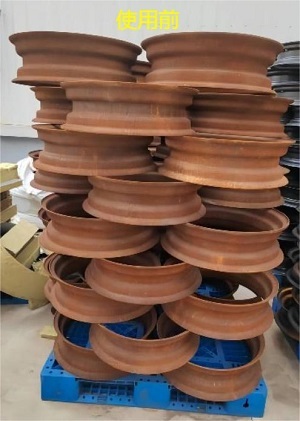
Carbon steel pickling before
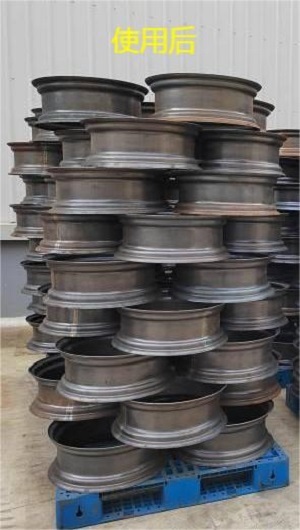
Carbon steel pickling after
2. neutral detergent: containing synthetic compound, neutral or slightly alkaline, ph=7.
(1) Universal cleaner, universal cleaner, slightly alkaline, surfactant, suitable for sanitary maintenance, with little impact on special dirt, and can be used for daily cleaning of ceramic tiles, floors, mirrors, walls, bathtubs, wash basins and toilets.
3. alkaline detergent: ph>7.
(1) Glass cleaner: generally neutral or alkaline. Its main function is to remove stains and leave a suitable protective film on the glass surface.
(2) Furniture wax: with cleaning and polishing functions, it can remove the animal and vegetable grease on the surface of furniture and form a protective film suitable for brightness.
(3) Waxing water: strong alkaline, can float to remove wax and dirt, and achieve the effect of waxing. Waxing can only be carried out after repeatedly cleaning the ground during use.
(4) Polish agent: such as copper polishing agent, metal polishing agent, floor wax, surface wax and bottom wax.
(5) Solvent: contains a large amount of trichloroethylene, isopropanol, etc. This concentration is neutral. The solvent is a volatile liquid, which is mainly used to clean the stains of objects that are afraid of water, such as carpet detergent, electrostatic water, insecticide, alcohol, etc., without dilution.
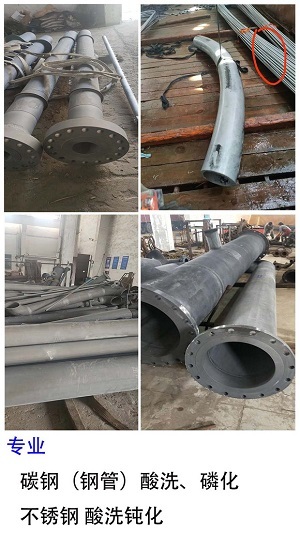
Stainless Steel Pickling
C、 Technical requirements for industrial cleaning agents (machine tool cleaning, mechanical cleaning)
Chemicals used to clean industrial dirt shall generally meet the following technical requirements. Cleaning agents used for different cleaning purposes and cleaning objects can emphasize or select these requirements.
(1) The dirt is cleaned quickly and dissolved thoroughly. The detergent itself has a strong ability to react, disperse or dissolve dirt, and can completely remove dirt within a limited time.
(2) The damage to the cleaned object shall be within the scope of the production license, and corresponding measures shall be taken to inhibit the possible corrosion of the metal.
(3) Cleaning agent is cheap and easy to get; The cleaning cost is low and will not cause excessive resource consumption.
(4) The cleaning agent is non-toxic or low toxic to biology and the environment. The waste gas, waste liquid, and waste residue generated shall be treated to meet the requirements of relevant national laws and regulations.
(5) The cleaning conditions are mild and do not depend on the strengthening conditions of the attachment port, such as temperature, pressure, mechanical energy, etc. Not too demanding.
(6) During the cleaning process, insoluble substances will not remain on the surface of the object to be cleaned, will not produce new pollution, will not form a new covering layer harmful to the subsequent process, and will not affect the product quality.
(7) There will be no foam or odor that will affect the cleaning process and site hygiene.
 Granbo Ultrasonic
Granbo Ultrasonic


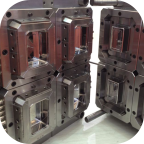




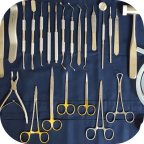
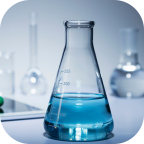






Hello!